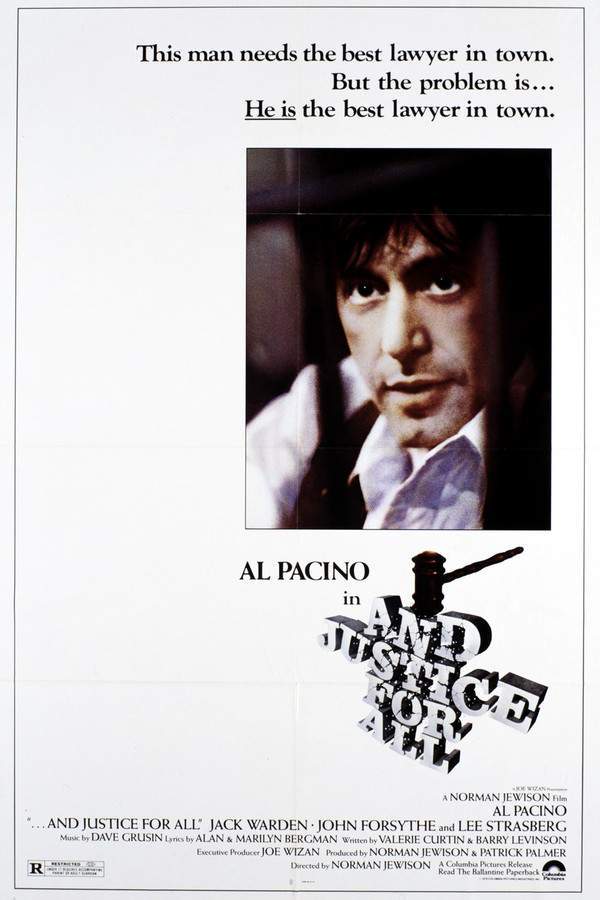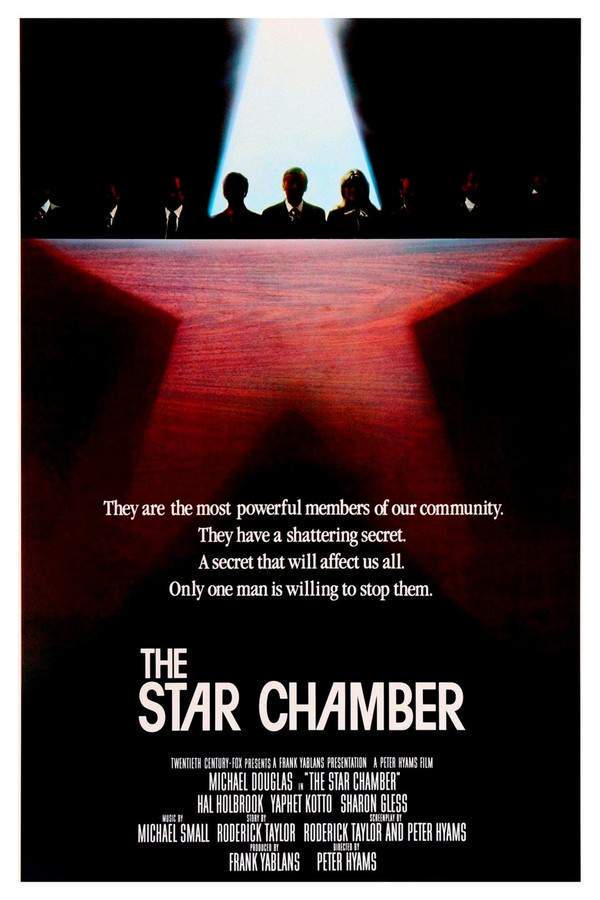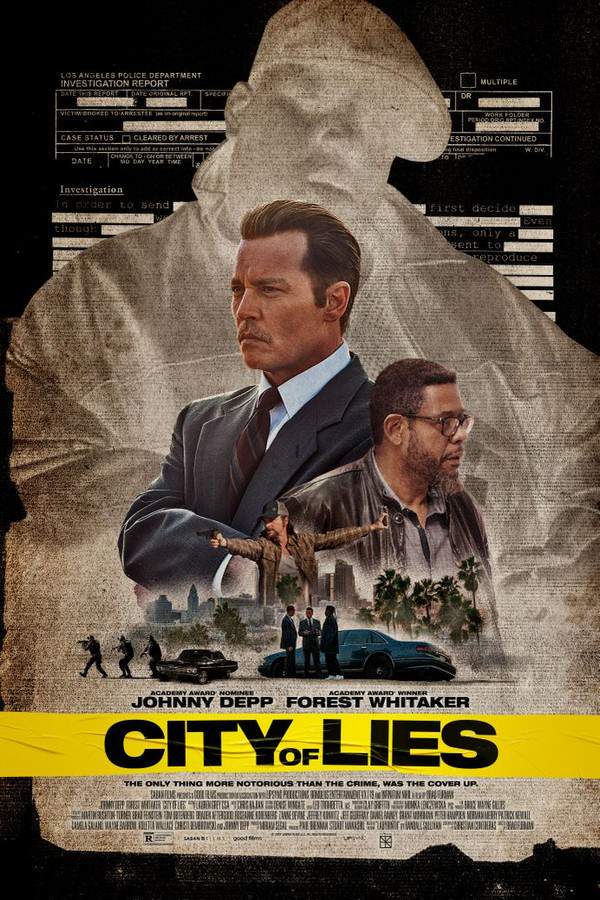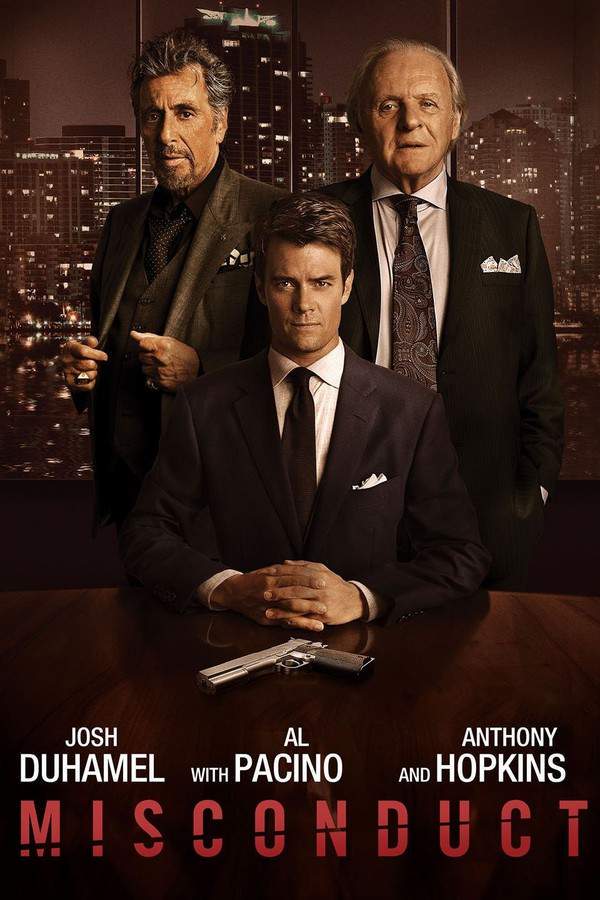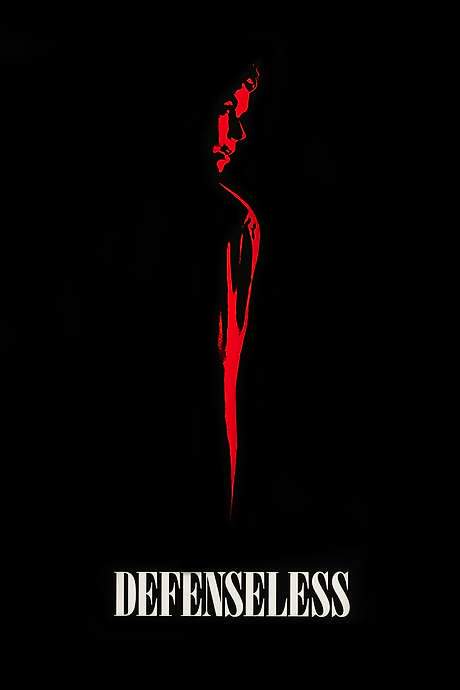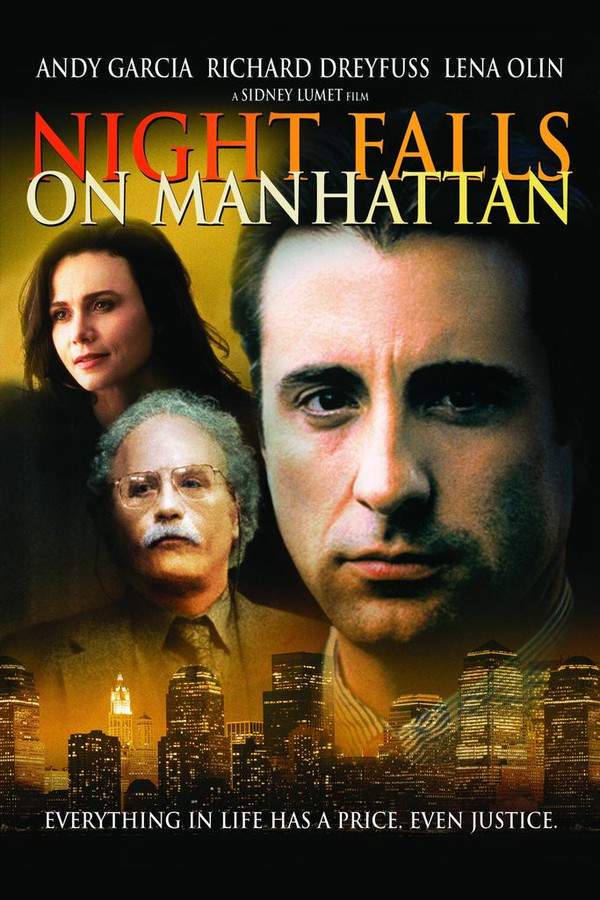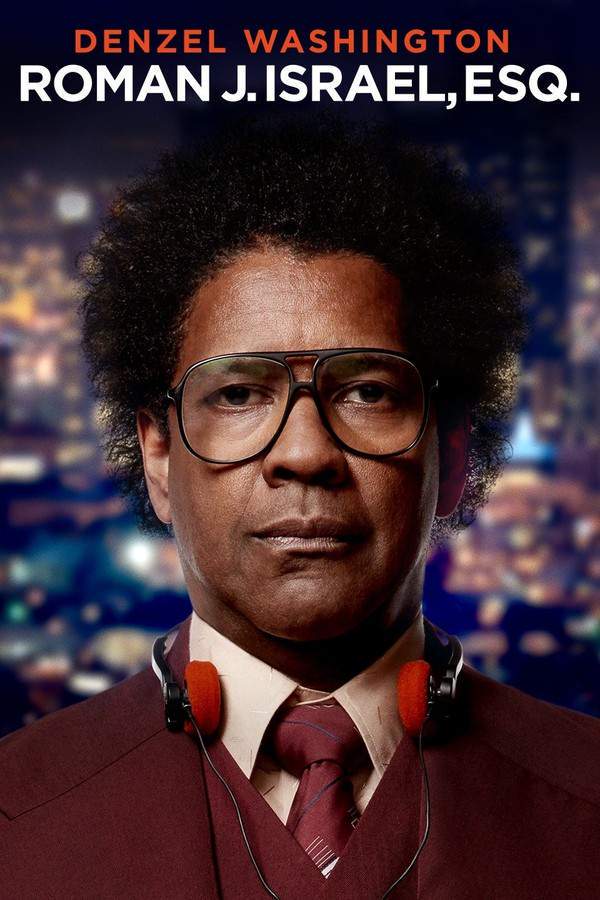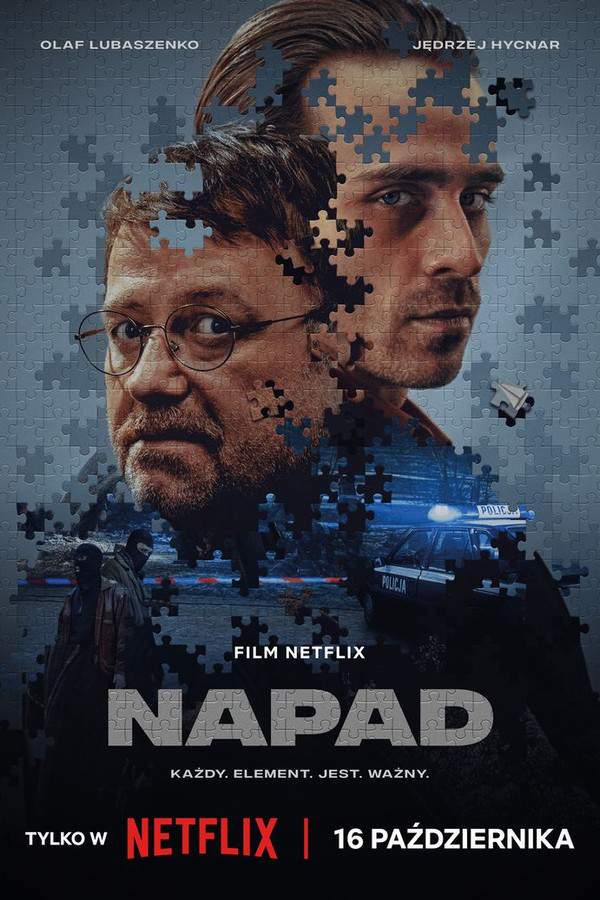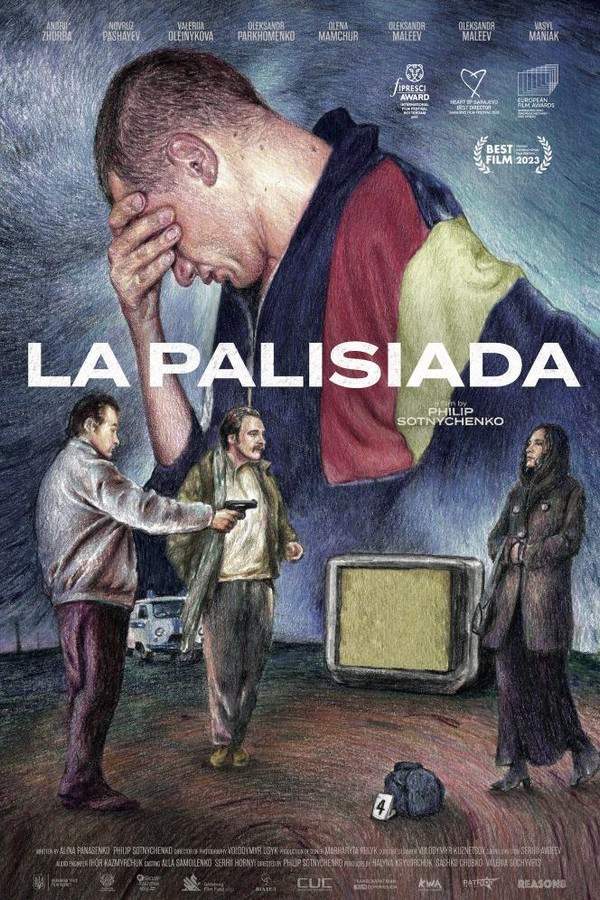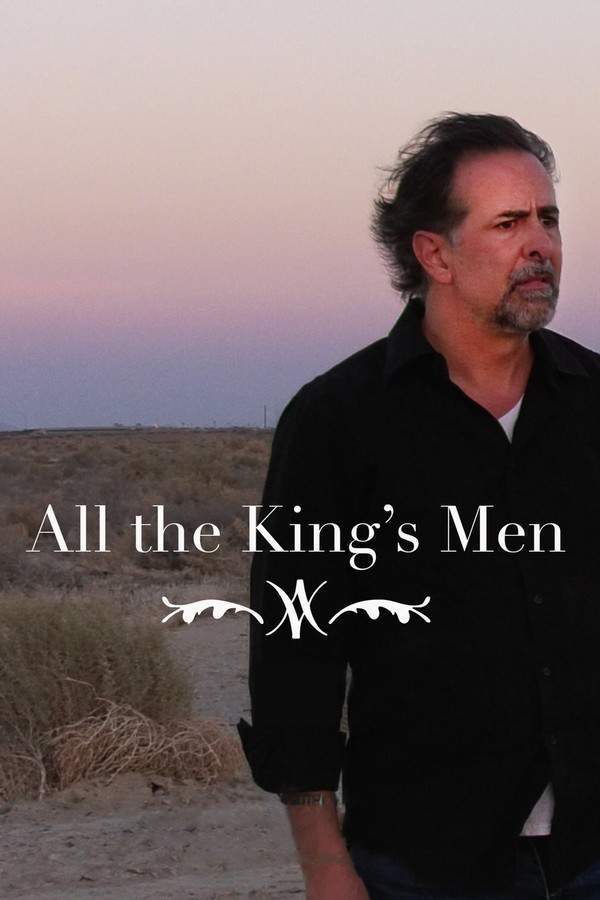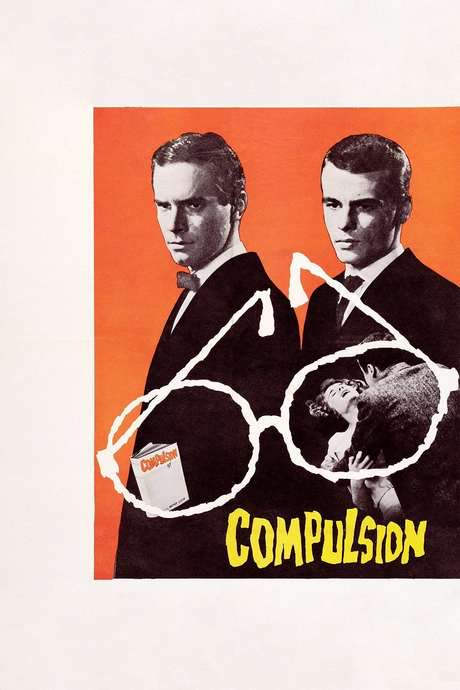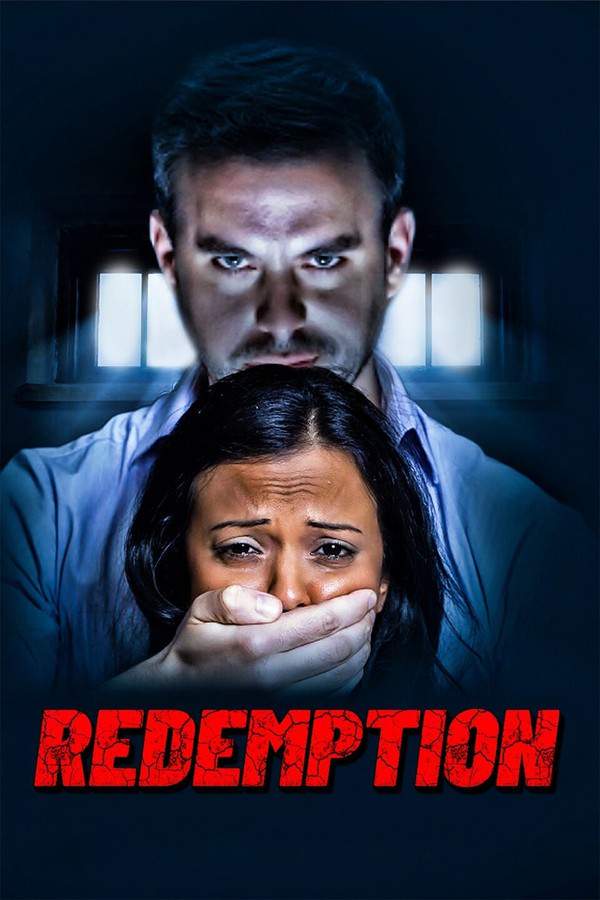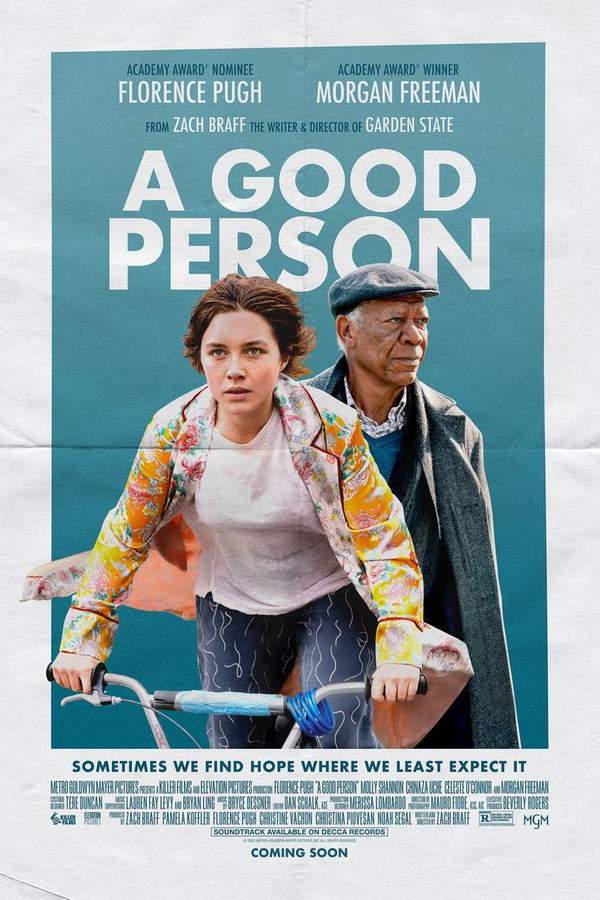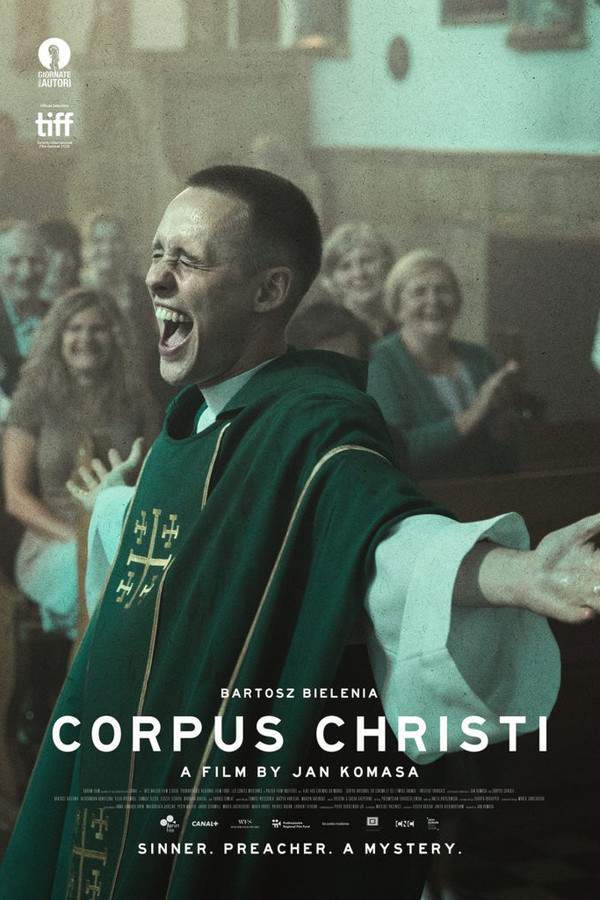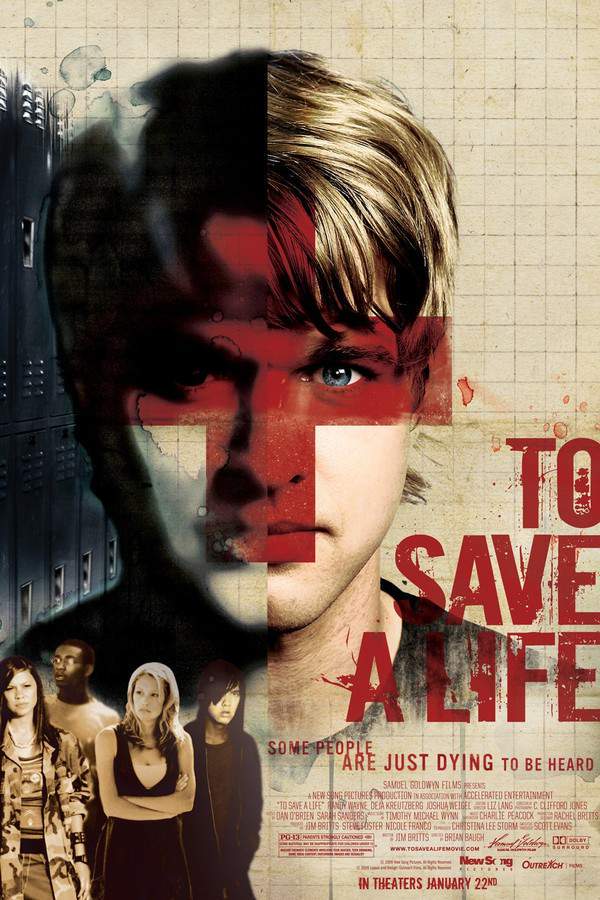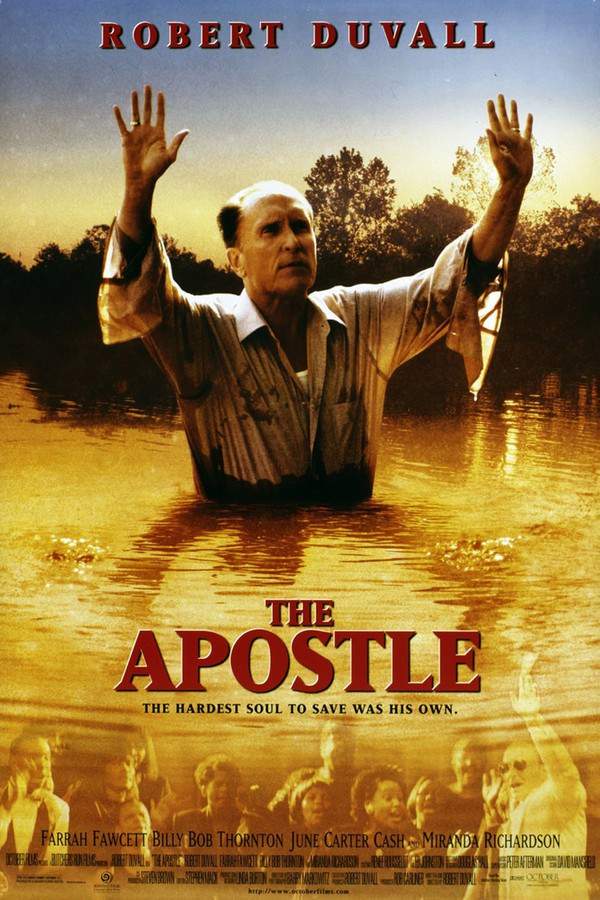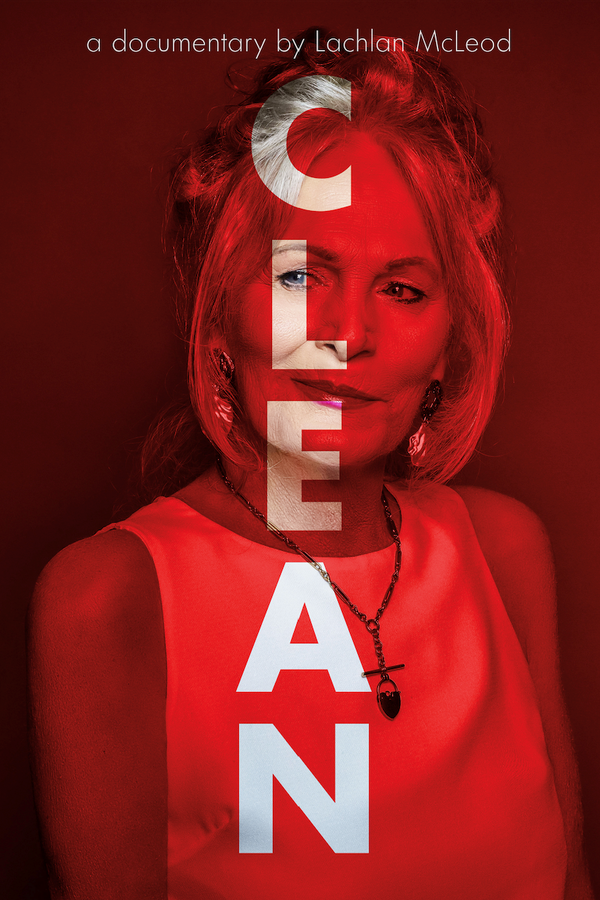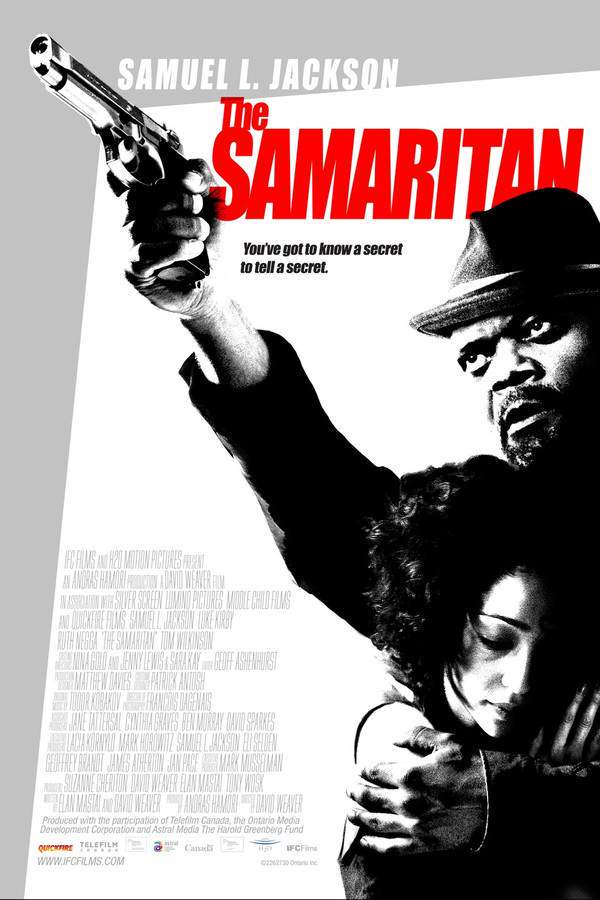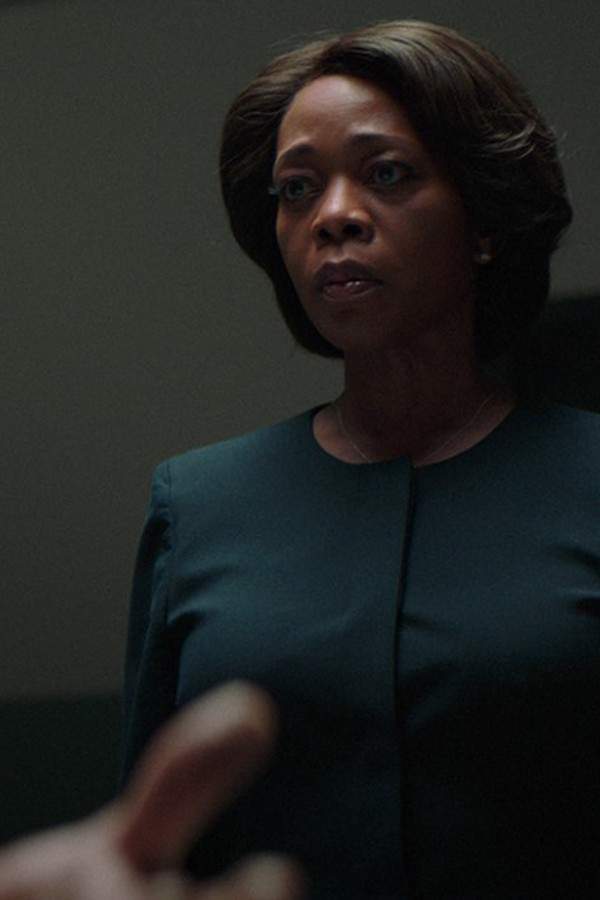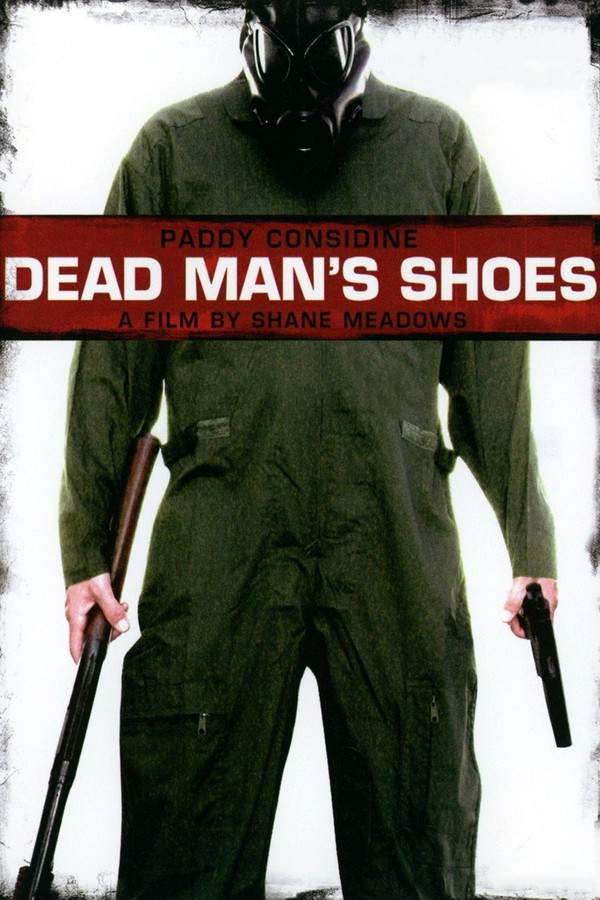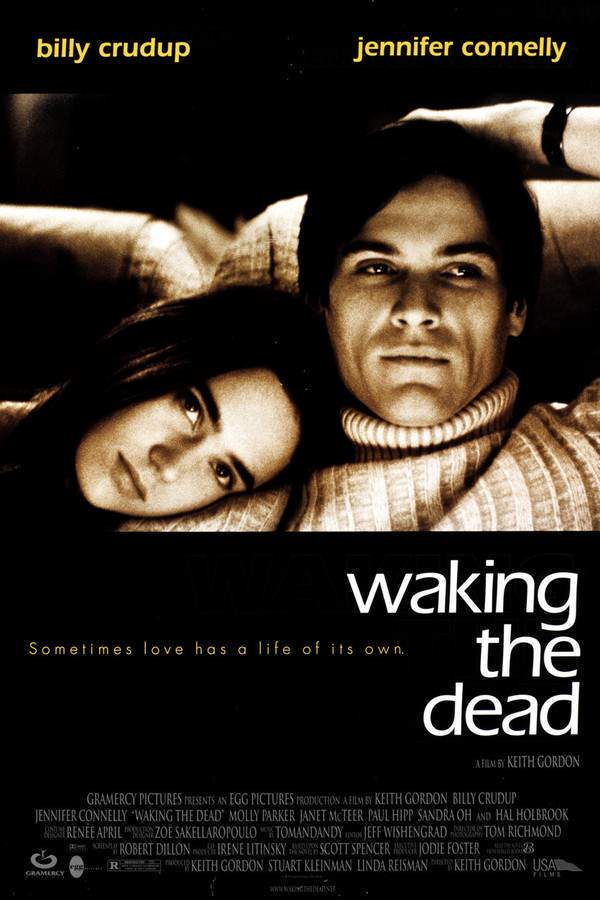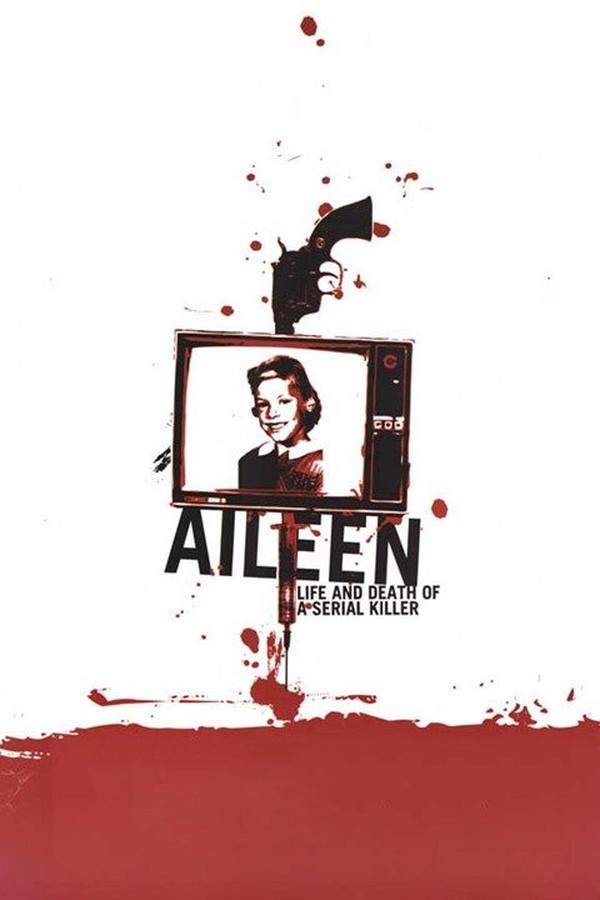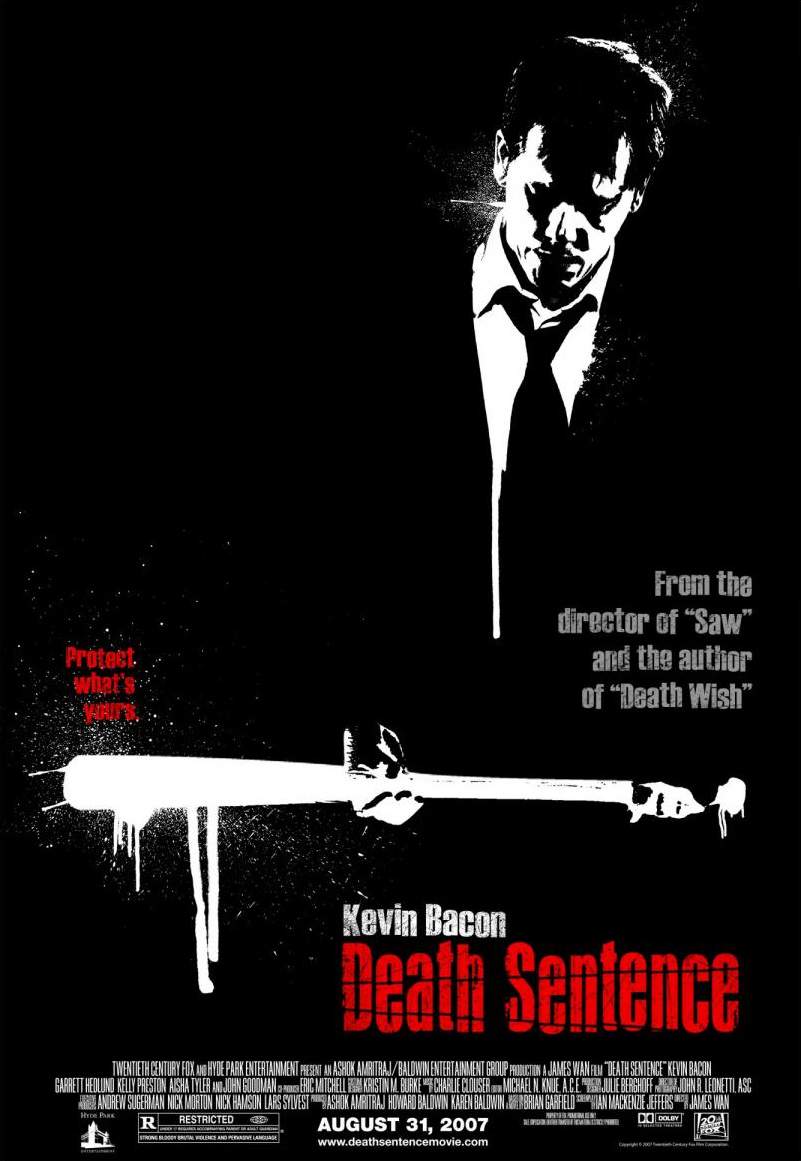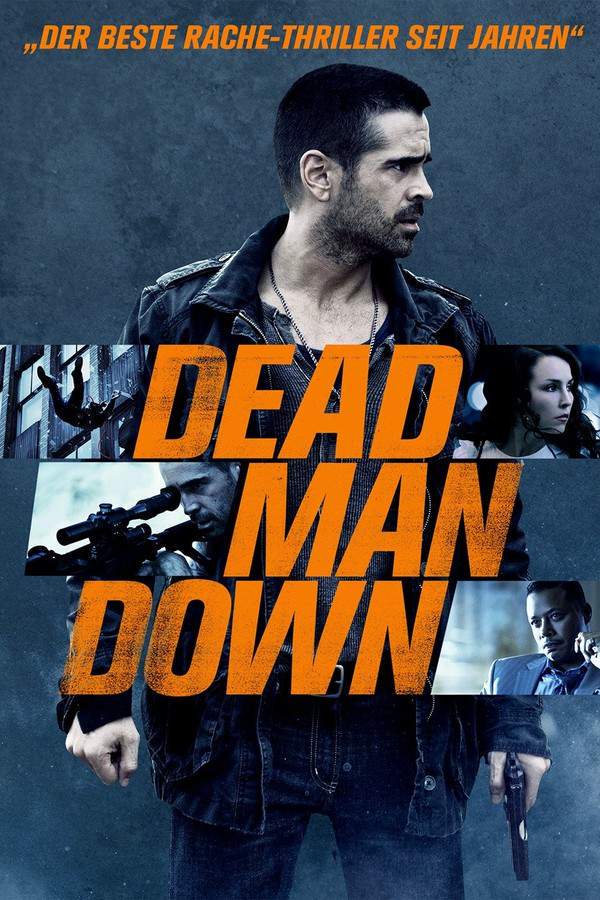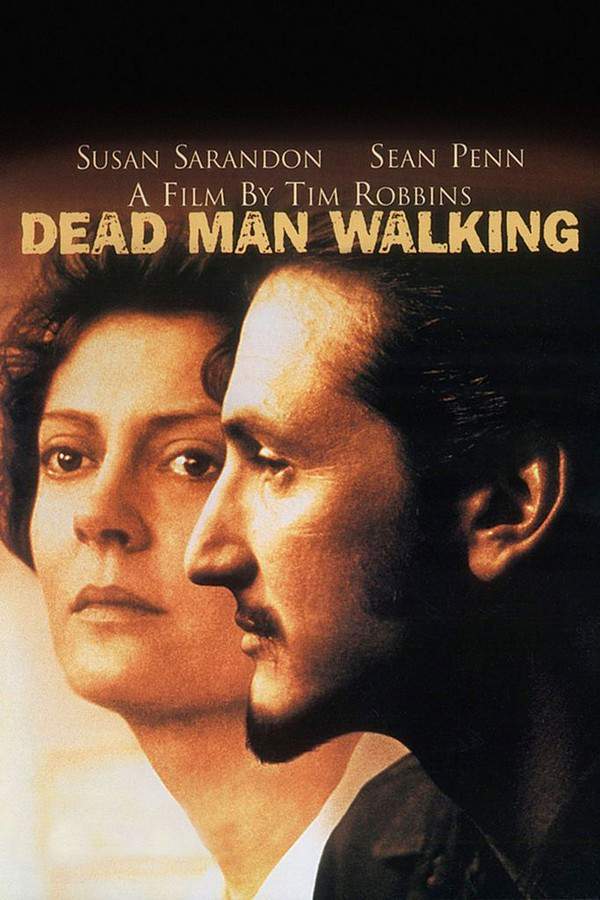
Dead Man Walking
Year: 1995
Runtime: 122 min
Language: English
As Matthew Poncelet's execution draws near, Sister Helen Prejean becomes his spiritual advisor, forging an unexpected bond with the convicted murderer. Through their interactions, she seeks to understand the circumstances surrounding his alleged crimes and the impact on the victims' families. This process compels Prejean to grapple with profound questions of justice, compassion, and the complexities of the death penalty system, while also confronting the pain of those affected by violence.
Warning: spoilers below!
Haven’t seen Dead Man Walking yet? This summary contains major spoilers. Bookmark the page, watch the movie, and come back for the full breakdown. If you're ready, scroll on and relive the story!
Dead Man Walking (1995) – Full Plot Summary & Ending Explained
Read the complete plot breakdown of Dead Man Walking (1995), including all key story events, major twists, and the ending explained in detail. Discover what really happened—and what it all means.
Matthew Poncelet, portrayed by Sean Penn, has been languishing on death row at the Louisiana State Penitentiary for six agonizing years after being sentenced for the tragic murder of a teenage couple. He committed these heinous acts alongside Carl Vitello, who received a life sentence without the possibility of parole. As Poncelet’s execution date looms ever closer, he reaches out to Sister Helen Prejean, played by Susan Sarandon, a nun with whom he has had ongoing correspondence. Poncelet’s letters suggest a divine encounter, claiming that Jesus visited him in his cell.
Motivated by his pleas, Sister Helen decides to visit him. However, she quickly finds that Poncelet exhibits arrogance and displays deeply sexist and racist attitudes, showing an utter lack of remorse for his actions. The prison’s chaplain, Farlely, discourages Helen’s involvement, believing Poncelet to be guilty and merely attempting to manipulate her goodwill.
Poncelet vehemently protests his innocence, insisting that it was Vitello who carried out the murders and that he was merely following orders under the influence of substances. He shares with Sister Helen a picture of his baby daughter, whom he has only met once in the past six years. He brags about having educated himself law and begins to formulate a motion for an appeal, seeking assistance from Helen to file it through legal channels.
Ultimately, Poncelet stands convicted of the kidnapping, sexual assault, and murder of Walter Delacroix and Hope Percy. This system of justice presents a staggering contrast: while Vitello received a lighter sentence, Poncelet faces the death penalty, carried out by the state’s newly implemented lethal injection protocol.
Determined to save him, Sister Helen secures the help of attorney Hilton Barber, who agrees to represent Poncelet pro bono. Hilton prepares Poncelet for the pardon board hearing, advising that if he can demonstrate his humanity, it might sway the board’s decision. He emphasizes the importance of having Poncelet’s mother, Lucille, and his brother, Craig, present during the hearing.
During the hearings, Hilton argues that Poncelet lacked the means to hire a competent attorney and was provided with an inexperienced public defender. The prosecution paints a grim picture, citing the suffering of the victims’ families. After a swift jury deliberation, Poncelet is confirmed guilty numerous times—the board ultimately refuses clemency, scheduling the execution one week later.
As Helen continues her visits, she forges a complex relationship with Poncelet, while also connecting with the families of the victims who feel that Helen is betraying them by assisting a convicted murderer. The grieving families yearn for “absolute justice,” which they equate with Poncelet’s execution. Faced with outrage from her own community, Sister Helen perseveres, trying to reason with Poncelet about the pain he has caused.
As the day of execution approaches, Poncelet requests that Sister Helen serve as his spiritual adviser. Amidst many discussions, both reveal personal memories and tragedies, including the heart-wrenching stories of how Hope was a week away from joining the Air Force when her life was brutally cut short. The contrasting emotions captured in Helen’s meetings with the victims’ families highlight the enormous toll of crime and retribution.
Despite Poncelet’s continued arrogant posturing in interviews, he begins to see the weight of the losses inflicted. However, Helen is left infuriated by his flippant remarks glorifying violence and hate as he tries to dismiss their shared humanity. In the weeks preceding his execution, Helen embraces her role in helping Poncelet seek redemption through empathy and truth, encouraging him to look beyond his prejudices.
Ultimately, as Poncelet is moved to an isolated facility in preparation for execution, Sister Helen is able to spend lengthy sessions with him. She witnesses firsthand the final moments of his life, meeting those involved in the execution process and urging him to read the Bible, emphasizing that personal responsibility is key to redemption.
The night before his execution, Poncelet finally confesses the full extent of his crimes to Sister Helen, revealing that it was he who committed the acts of violence. As he faces his fate, he appeals for forgiveness from the victims’ families, voicing a desire that his death may bring them peace.
Poncelet meets his end by lethal injection, leading to a poignant burial attended reluctantly by the victims’ families. Despite their personal strife, fragments of healing spark as the murdered boy’s father finds himself praying alongside Sister Helen, hinting at the beginning of reconciliation amidst deep-seated anguish.
Last Updated: November 04, 2024 at 01:05
Explore Movie Threads
Discover curated groups of movies connected by mood, themes, and story style. Browse collections built around emotion, atmosphere, and narrative focus to easily find films that match what you feel like watching right now.
Movies about challenging institutions like Dead Man Walking
Stories where individuals confront corrupt or rigid systems from within.If you liked the ethical confrontation in Dead Man Walking, explore these movies about individuals facing moral crises within powerful, rigid systems. These films often share a serious tone, heavy emotional weight, and a focus on the personal cost of standing against institutional injustice.
Narrative Summary
Narratives typically center on an outsider or insider who becomes aware of a profound moral failing within a powerful organization. The story unfolds as a steady, deliberate build of tension, as the protagonist gathers evidence, faces opposition, and is forced to make a defining choice that pits their integrity against their safety or standing.
Why These Movies?
This thread groups films that share a core conflict of individual conscience versus systemic power. They create a similar viewing experience of intellectual and emotional tension, driven by ethical questioning and a sober, serious approach to complex social issues.
Movies about difficult redemption like Dead Man Walking
Character arcs where grace or forgiveness emerges from immense suffering.Discover films similar to Dead Man Walking that explore the hard path to redemption in the shadow of tragedy. These movies are emotionally heavy, feature complex character transformations, and often end on a bittersweet note that balances sorrow with a glimmer of grace.
Narrative Summary
The narrative pattern involves a deeply flawed or condemned character being guided by a compassionate figure. The focus is on the slow, difficult process of confronting past actions, seeking forgiveness, and finding a semblance of peace. The ending is typically bittersweet, acknowledging that redemption does not erase pain but can coexist with it.
Why These Movies?
Movies in this thread are united by their focus on the possibility of human goodness and change in the face of terrible acts. They share a heavy, somber mood, a steady pacing that allows for deep introspection, and an emotional core built around grief, forgiveness, and the complexity of mercy.
Unlock the Full Story of Dead Man Walking
Don't stop at just watching — explore Dead Man Walking in full detail. From the complete plot summary and scene-by-scene timeline to character breakdowns, thematic analysis, and a deep dive into the ending — every page helps you truly understand what Dead Man Walking is all about. Plus, discover what's next after the movie.
Dead Man Walking Timeline
Track the full timeline of Dead Man Walking with every major event arranged chronologically. Perfect for decoding non-linear storytelling, flashbacks, or parallel narratives with a clear scene-by-scene breakdown.

Characters, Settings & Themes in Dead Man Walking
Discover the characters, locations, and core themes that shape Dead Man Walking. Get insights into symbolic elements, setting significance, and deeper narrative meaning — ideal for thematic analysis and movie breakdowns.

Dead Man Walking Spoiler-Free Summary
Get a quick, spoiler-free overview of Dead Man Walking that covers the main plot points and key details without revealing any major twists or spoilers. Perfect for those who want to know what to expect before diving in.

More About Dead Man Walking
Visit What's After the Movie to explore more about Dead Man Walking: box office results, cast and crew info, production details, post-credit scenes, and external links — all in one place for movie fans and researchers.

Similar Movies to Dead Man Walking
Discover movies like Dead Man Walking that share similar genres, themes, and storytelling elements. Whether you’re drawn to the atmosphere, character arcs, or plot structure, these curated recommendations will help you explore more films you’ll love.
Explore More About Movie Dead Man Walking
Dead Man Walking (1995) Scene-by-Scene Movie Timeline
Dead Man Walking (1995) Movie Characters, Themes & Settings
Dead Man Walking (1995) Spoiler-Free Summary & Key Flow
Movies Like Dead Man Walking – Similar Titles You’ll Enjoy
Clemency (2019) Movie Recap & Themes
Dead Man's Shoes (2006) Plot Summary & Ending Explained
Waking the Dead (2000) Detailed Story Recap
Aileen: Life and Death of a Serial Killer (2004) Full Summary & Key Details
Death Sentence (2007) Spoiler-Packed Plot Recap
Dead Man Down (2013) Complete Plot Breakdown
Dead Women Walking (2018) Movie Recap & Themes
Dead Men Don’t Die (1990) Spoiler-Packed Plot Recap
Dead Certain (1991) Detailed Story Recap
Dead Man Out (1989) Full Movie Breakdown
Under the Sun of Satan (1987) Plot Summary & Ending Explained
Dead Man’s Seat (1984) Detailed Story Recap
A Covenant with Death (1967) Full Summary & Key Details
The Dead Mother (1993) Full Summary & Key Details
Full Confession (1939) Film Overview & Timeline

